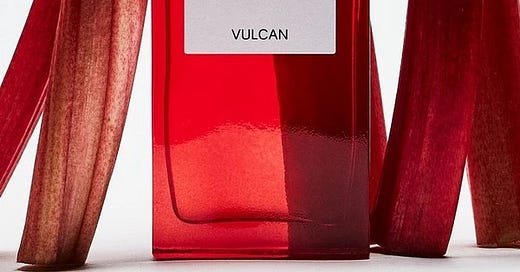Hello and welcome to Little Dispatches, I am thrilled to have you here. This is the first newsletter of 2025, dedicated to my expert(ish) opinions on what lies ahead. It looks at innovations in the industry— warning, there is a lot of AI mentioned— the continuing rise of niche, and finishes with some olfactory notes I am hoping to see. I hope you enjoy it.
None of us mere mortals can predict the future thoroughly, and would you really want to? It would be a constant source of ethical predicaments, fraught actions based on an inevitable outcome, thoughtless actions because you know the outcome is inevitable, and completely, utterly boring. However, I do quite enjoy a dose of precognition, even if nearly every point is an over/under estimation of what actually happens. Even more enjoyable is looking back on your predictions to see how right or wildly wrong you were. The former brings a subtle smugness, and the latter usually brings a bit of a chuckle (‘how silly of me to think that would happen!’ you say to yourself, while sitting in a computer-generated interior drinking longevity mushroom coffee mixed by a robot and track your dog via a watch on your wrist as he walks himself outside…)
I found my fragrance predictions for 2024, created in December 2023, and I am surprised enough not to be embarrassed to share them. There were a few off the mark— for instance, I thought iris would feature in far more releases— but the main predictions, listed below, aren’t bad at all.
Brands will create and patent ingredients exclusive to the house.
One example of this was LOEWE, who introduced the LOEWE Accord, an olfactory note inspired by the scent of the Spanish rockrose wildflower. It was created by their perfumier, Nuria Cruelles, to ‘distill LOEWE’s DNA in olfactory form’. The accord was used in Agua Drop and Solo Vulcan.Brands will use science and technology to discover new notes and create scents that have been inaccessble. Future Society is using biotechnology to sequence the genetic codes of extinct flowers, some dating back to 1812, and using the molecules to create scents we have never smelled before.
Unsurprisingly, scientific and technological developments influenced the industry extensively, and we have only just begun to see how AI is going to transform it further (I touch on this more below)Ultra-luxe and limited, with a price tag to match.
No comment, just a sigh.Celebrities will continue to churn out mediocre fragrances and advertise their signature scent without caring about the fragrance in question.
This is a two-part prediction, really. The first half is true, however I am relieved that more notable launches came from fashion houses and individuals within the industry, not just a recognisable name/face. The second half is also true, however, brands are increasingly building a narrative between the chosen celebrity and the scent they are advertising, which softens the disingenuous blow a little bit.Inspirations: locations, literature/books, greenery and vegetables, sweet treats, single fruits, the cosmos/other worldly, bottled therapy.
I am unashamedly impressed with this list. Literature/books was a seemingly quirky prediction, but I wasn’t wrong. Sweet treats took over the world. Single fruits, particularly cherry, caused a bit of a stir, and this will gain traction in 2025 (see below). Vegetables started inkling in, particularly in home fragrances— my tomato leaf edit was one of my favourites to do. Bottled therapy? 2024 was just the beginning, my friend.Sustainability: refillable, recyclable, responsibly sourced.
The industry made some strides in this area, but there is still far to go, and as consumers become more conscious of the impacts of their lifestyle choices, they are incresingly demanding ethical, sustainable practices along with tracability from brands.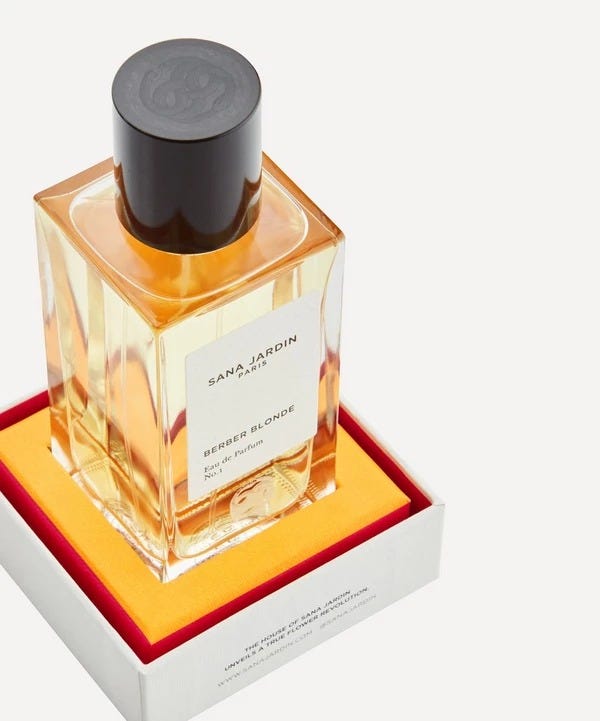
Sana Jardin is a clean fragrance brand that also helps flower harvesters create and sell products from organic waste.
Enough about 2024. 2025, what might we have in store?
Industry & innovations
The ability to personalise and customise fragrances will develop at speed.
Last year, saw the arrival of EveryHuman at The Fragrance Shop, the world’s first AI-guided scent creation platform, known as ‘algorithmic perfumery’. It asks you some questions and uses your answers to build a unique scent profile, which is then translated into your ideal fragrance using both natural and synthetic molecules. You don’t even need to go in the store to experience it— you can access the questionnaire online and have the scent delivered to your door. I am sceptical about it too, but do believe it is just the start of exploring how technology will help us create scents that are truly unique and personal.
In keeping with the idea of personalistion, I will not be surprised if brands begin offering consumers the ability to directly customise the fragrances on their roster, such as adding more of one note or toning down another, depending on personal preference.
Less personalised is the use of AI to gather general consensus from consumers, collecting opinions, trends and preferences to feed back to perfumers and brands without us actually telling them. One such tool already doing this is DigiPulse™ (created in 2021 by a perfumer company called Givaudan) which ‘listens’ and evaluates millions of random online comments about fine fragrances, decodes the data, and sends it back to the perfumers who use it to tailor future fragrances. 2025 will see a new level of ‘innocent surveillance’ on our conscious and unconscious behaviour, which will drive parts of the industry in ‘preferable’ ways.
More exciting, though still quite scary, is the potential use of AI to monitor emotional, psychological and physical attributes of an individual, then using the data to inform what scent should be created. Estee Lauder have been trialling an AI tool that uses facial recognition to measure neurological reactions to scents, allowing them to tinker with fragrances so that intended reactions are a common denominator. I mention below about the rise of wellness/functional fragrances, and I think AI will be used to tap into our neurological states, and create fragrances that can actually alter them.

A positive use of AI will be the relief it provides on limited resources. Certain notes can be recreated without extracting the raw materials or needing labour-intensive, resource-intensive practices. It is possible to create notes that don’t exist in the natural world, which could be a very good thing for preserving it. The horizons of perfumery will continue to expand, hopefully alongside rather than replacing human creativity, and the balance of synthetic and natural materials will harmonise to benefit the industry, planet and the consumer.
Functional fragrances: we are aware that scent has an unrivalled impact on our emotions and senses, but more are backing up claims with science and technology, offering us emotional and physical fixes, or infusing us with compounds that alter our mental state. 2025 will see a continuing rise in such scents, but are they worth the investment? Time will tell (and I plan to test them).
High fashion brands will continue to delve into fragrance, but will they deliver? Fendi, Brunello Cucinelli, Balmain, Bottega Veneta, Connolly, Cult Gaia… just to name a few. It will be interesting to see who, what and why such ventures are taken, and how they play out in practice. One hopes that the trend for underwhelming/overpriced scents is left behind.
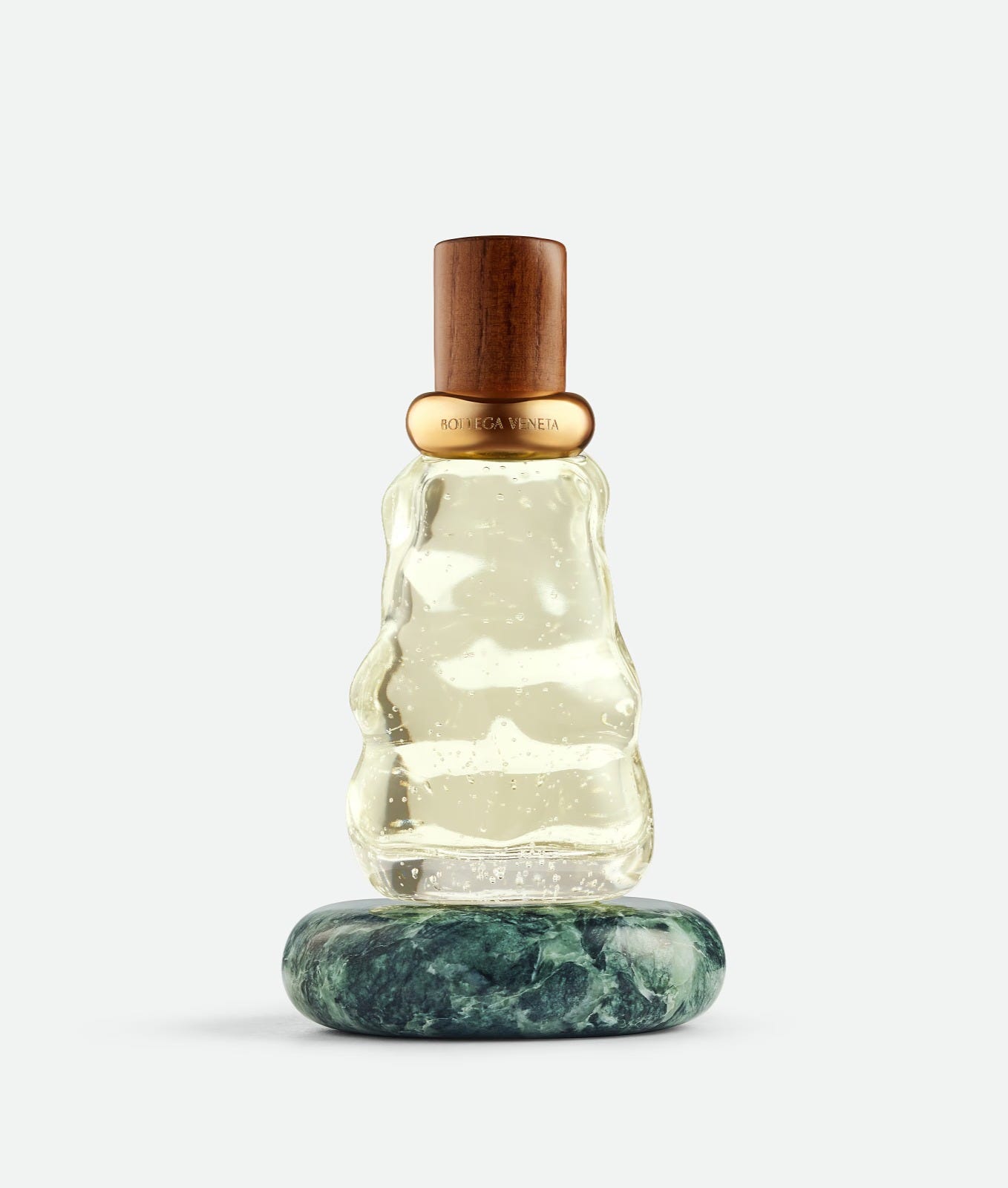
The need for niche
More people are looking for unusual, evocative and special creations that speak to them on a personal level.
The niche market taps into the need for sustainability too, as many smaller brands are the ones championing sustainable practices, local resources, tracability and the upkeep of environmental standards.
Niche brands tend to offer a better, more relative story behind each scent, something people can connect to on an emotional level. They are often the most creative and stimulating tales— I just hope they continue to live up to expectations.
The experience
People will invest more time and money into their fragrances, from sessions with the brand/perfumer, to enquiring about the creative process, to building their own narratives using scents for different/particular moments. It is part of what makes fragrance so powerful.
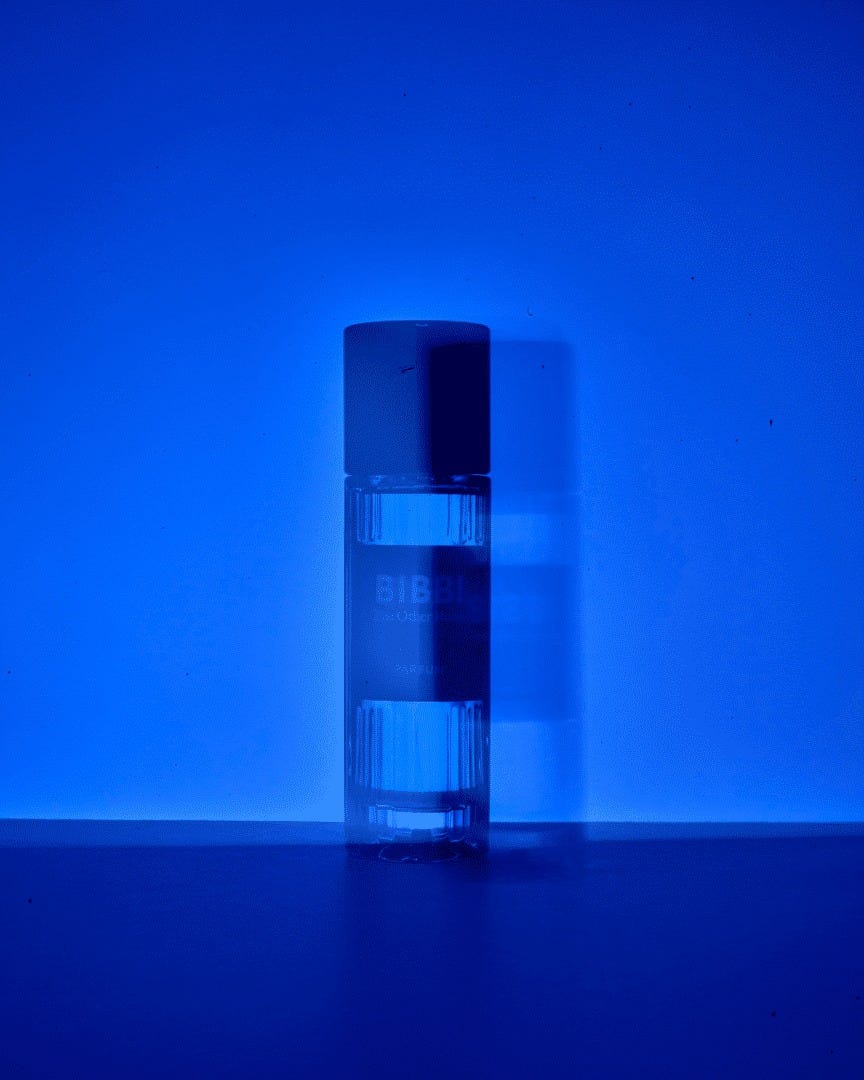
The notes
I am most looking forward to new, complex savoury notes. They won’t be as popular as the gourmands, but they will gain attention as more people search for unconventional scents to add to their roster (and their conversation).
When it comes to the gourmands, I predict a shift to softer sweets paired with lighter florals and/or earthier notes. Think brown sugar with patchouli, marshmallow with iris, cupcake vanilla toned down with orange blossom. I came across Moon Carnival by Vilhelm Parfumerie by chance this week, and noted its combination of passionfruit, bergamot and white flowers with tonka, marshmallow and vanilla. This came after I had written this prediction, and you bet I took it as a sign from the universe.
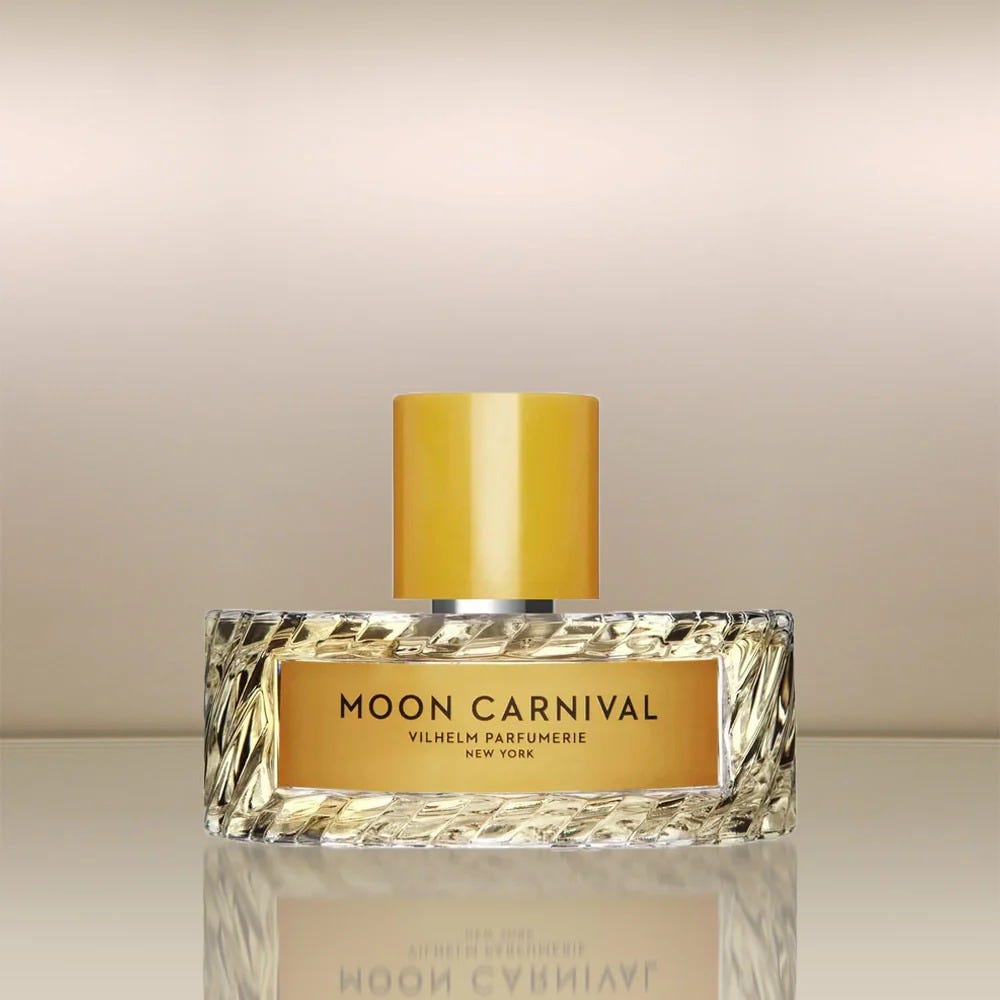
Fruity fragrances will depart from saccharine candyland with two destinations: deep and juicy or light as a whisper. Pears will pick up in popularity, oranges will take centre stage as citrus of the season, and plenty of peaches will be leaving their trial in the air.
Tea, tea and more tea! A mass of experimental, unexpected and truly elegant tea-heavy scents will arrive, and as somebody who has been averse to many previous renditions, I am really excited to be introduced to new ones. Earthy matcha will make a few appearances, perhaps with pears (killing two prediction birds with one stone).
*insider information: Cartier will be blending smoked tea, cardamom, cinnamon and ginger in one of their 2025 releases.
Musks will gain traction, but in new and exciting ways. Soft and powdery, nutty and animalic, complex and confident.
Mens florals, please! Salty roses, mimosa with yuzu, lavendar and lilac with cedar and sage— I hope they embrace the bouquets. Cedar in particular will make itself known this year.
What do you want to see?
